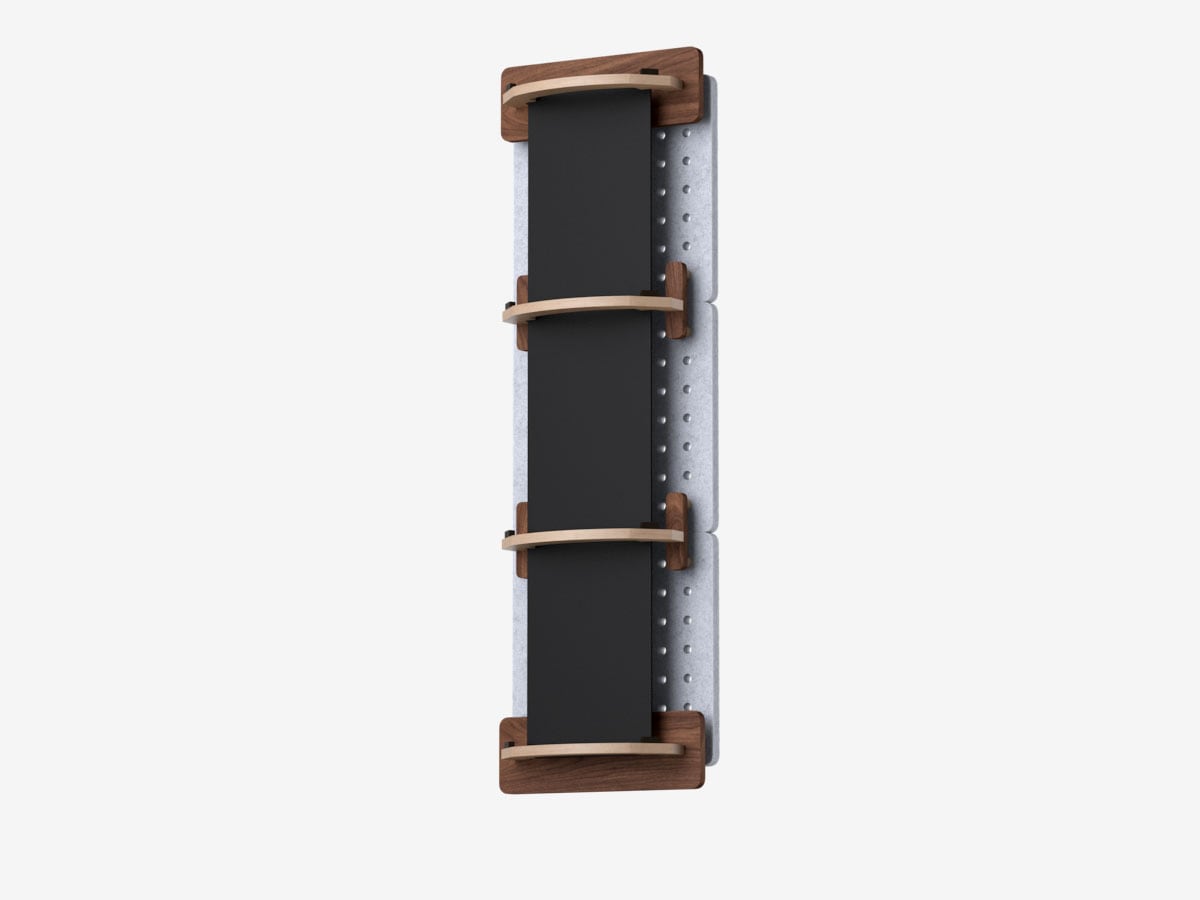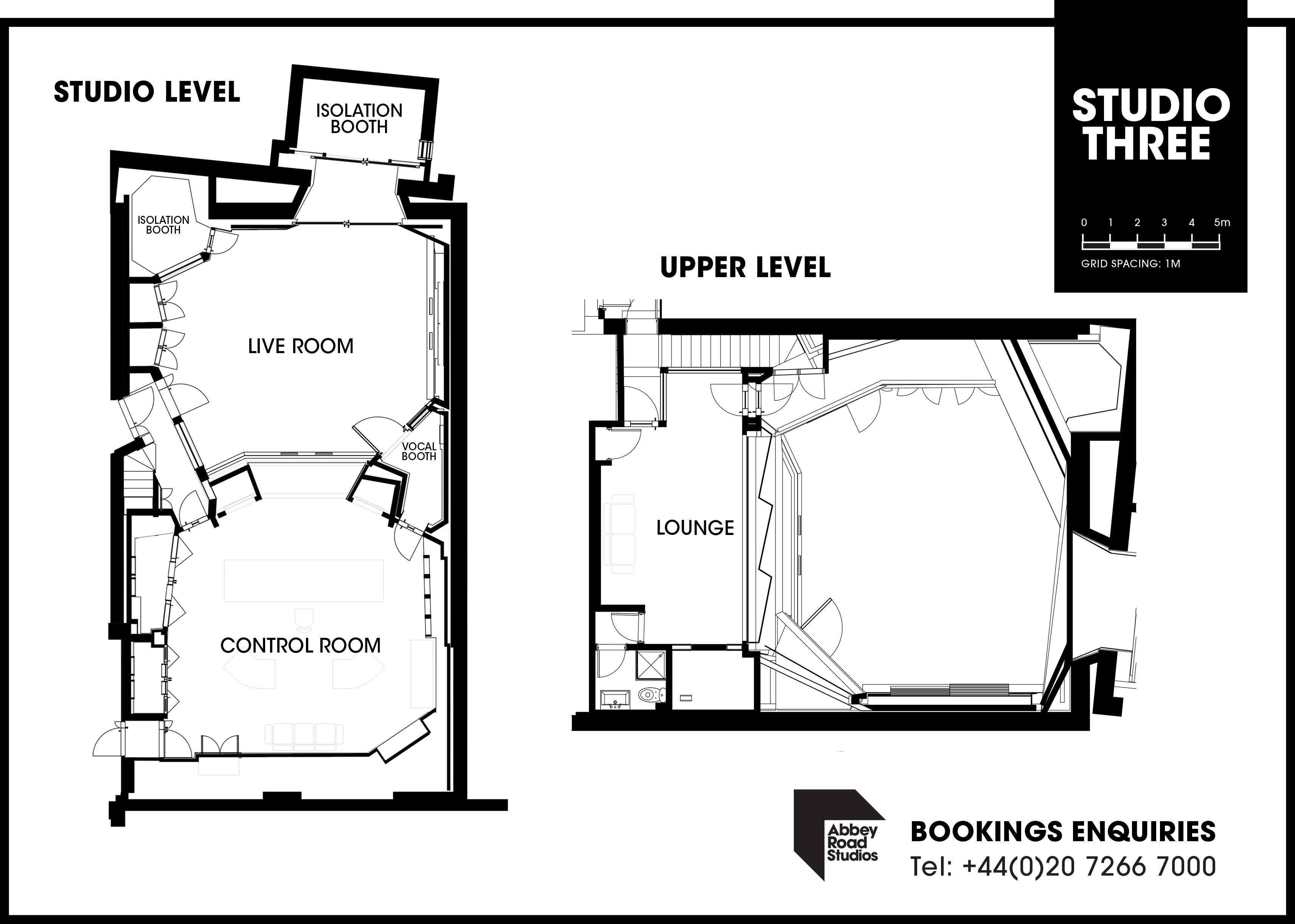There seems to be a fairly large misconception that you can soundproof a room with acoustic treatment like foam, or other solutions you can hang from interior walls. This myth is further propagated by sellers of cheap foam calling their treatment ‘soundproofing’, or big box retailers confounding treating a room with soundproofing (cough cough Home Depot).
I hate to be the bearer of bad news, but unless you address the mechanical means by which sound is transmitted, or put another way, your walls vibrating, you’ll just be nipping at the corners of any kind of transmission from room to room or room to outside.
De-Fi is happy to sell you solutions that will make your room sound really good inside, but they will not meaningfully attenuate sound transmitting from inside your room to outside, or vice versa. Nothing of reasonable thickness you hang on your interior walls will soundproof your room unless it mechanically decouples the inside from the outside, or is THICK.
Since we’re asked about this a lot, this blog aims to give you, at a very high level, what you would need to meaningfully soundproof your room, and do keep in mind, the inside of your room, even if soundproofed, will sound bad if you don’t treat it–in fact it may sound worse.
To reiterate, soundproofing and acoustically treating your room are two different things.
Why doesn’t foam work?
A good place to start on why foam will not work well is to revisit the basics of sound. We look at so many visual representations of sound waves while we produce, that it’s easy to forget that those are just representative snapshots of air being pushed at frequencies that we have evolved to perceive as sound. Frequencies are also called cycles, because they’re basically the speed of the repetition of each pulse of air being pushed in a given time, or how frequent. Mechanically, it’s not much different than pointing a leaf blower at your face and turning it off and on (A compression driver is basically a really fancy leaf blower.).
Sound is physical. If you’re in front of a live sound array and the drummer stomps his kick, you’re going to feel that air to the chest. Your walls do too, and unless there’s enough foam to absorb ALL of that energy in the air, your walls will sympathetically vibrate and pass on that sound.
You may be thinking, well, of course I’m not going to be playing sound at that level you silly person, give me another example. Here you go--scratch the back of your head. Now hold your hand to the outside of your ear, and scratch it with the same intensity. Chances are the scratching sound from your head was way louder than that of your arm, even though it was closer to your ear canal and ear drums. It’s because your skull was vibrating. If you’ve ever had your hearing tested, they will do something called bone conduction testing where they put a little vibrating device that’s silent to the bone behind your ear, that’s very much not silent when pressed to your head. The same principle applies to our walls. You can patch all the air holes, and treat everything, but as long as your walls can vibrate, sound will get through. To stop the vibration, you need to decouple the sympathetic surfaces, or move to a concrete bunker.
Decoupling
If you’ve ever stepped foot into a pro studio, broadcast booth, or soundstage, you likely noticed that there were two doors to get in. There’s an exterior door, a gap in between them, and an interior door. When both doors are shut, there’s an air gap in between them. The doors are mostly decoupled, and in some rooms, when you’re in that middle, you’ll see a gap between the interior wall, and the exterior wall. Those rooms are also decoupled.
Long story short, the best way to soundproof a room is basically to build a room within a room, and float that room on some kind of acoustic isolation (or move to a concrete bunker).
There are less extreme ways, but the principle is the same, it usually involves taking down drywall, doing a layer of material, whether mass loaded vinyl or some kind of other thick material, and creating an air gap between that material and your interior walls. If each layer needs to be physically connected, there needs to be some kind of material in that connection to absorb the vibrations. There’s not really an easy way to soundproof that doesn’t involve some structural work.
Conclusions
Once you understand that decoupling and air gaps are the keys to soundproofing (or moving to a concrete bunker), it’s much easier to sift through the noise to get to an actual solution, and have realistic expectations of what is being sold regardless of what is being claimed by the seller.
Lastly, if you do move to a concrete bunker, you’ll REALLY need Eco Acoustic Treatment.



